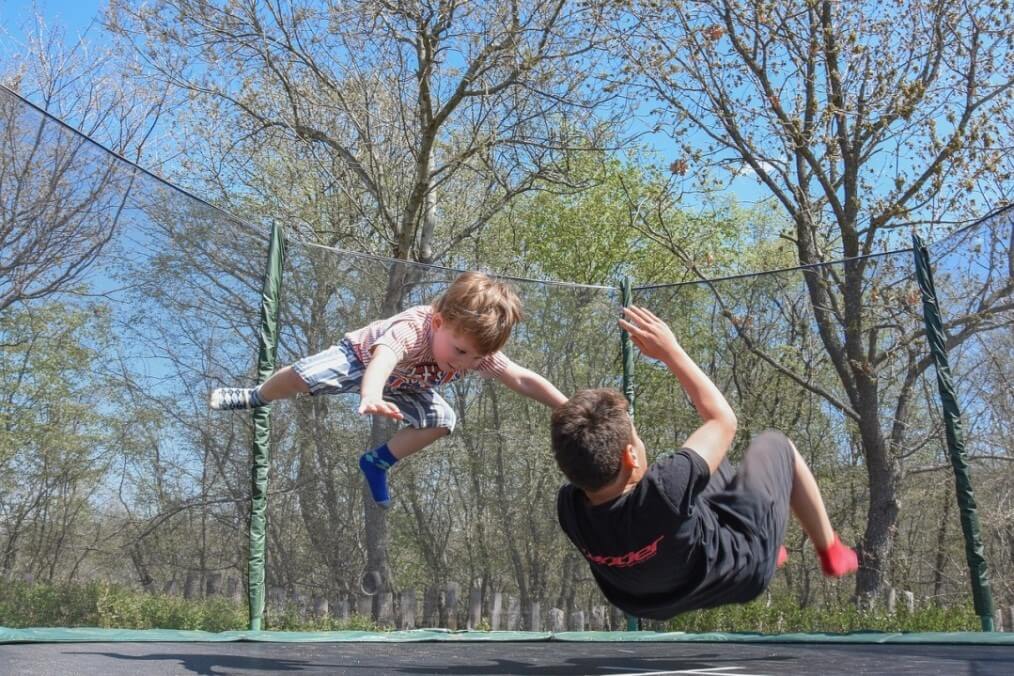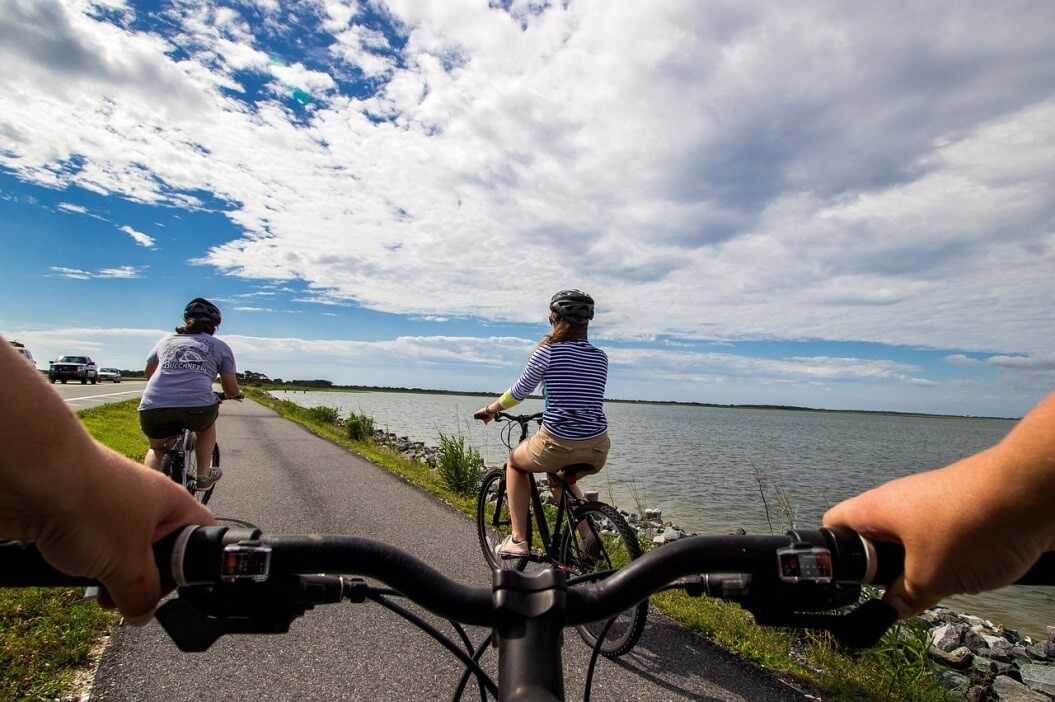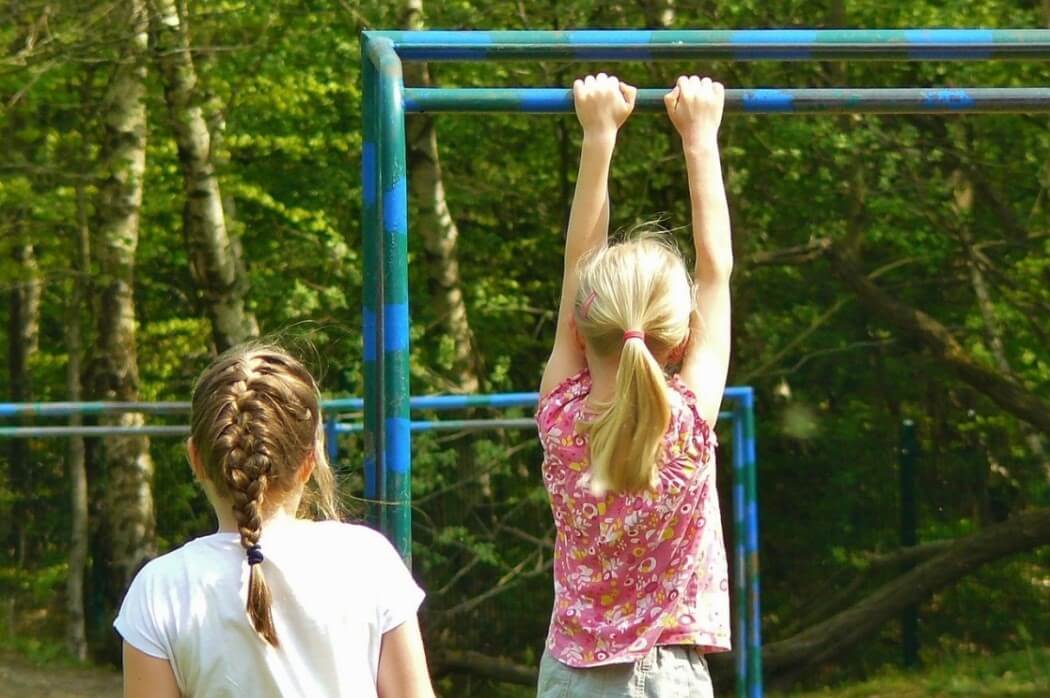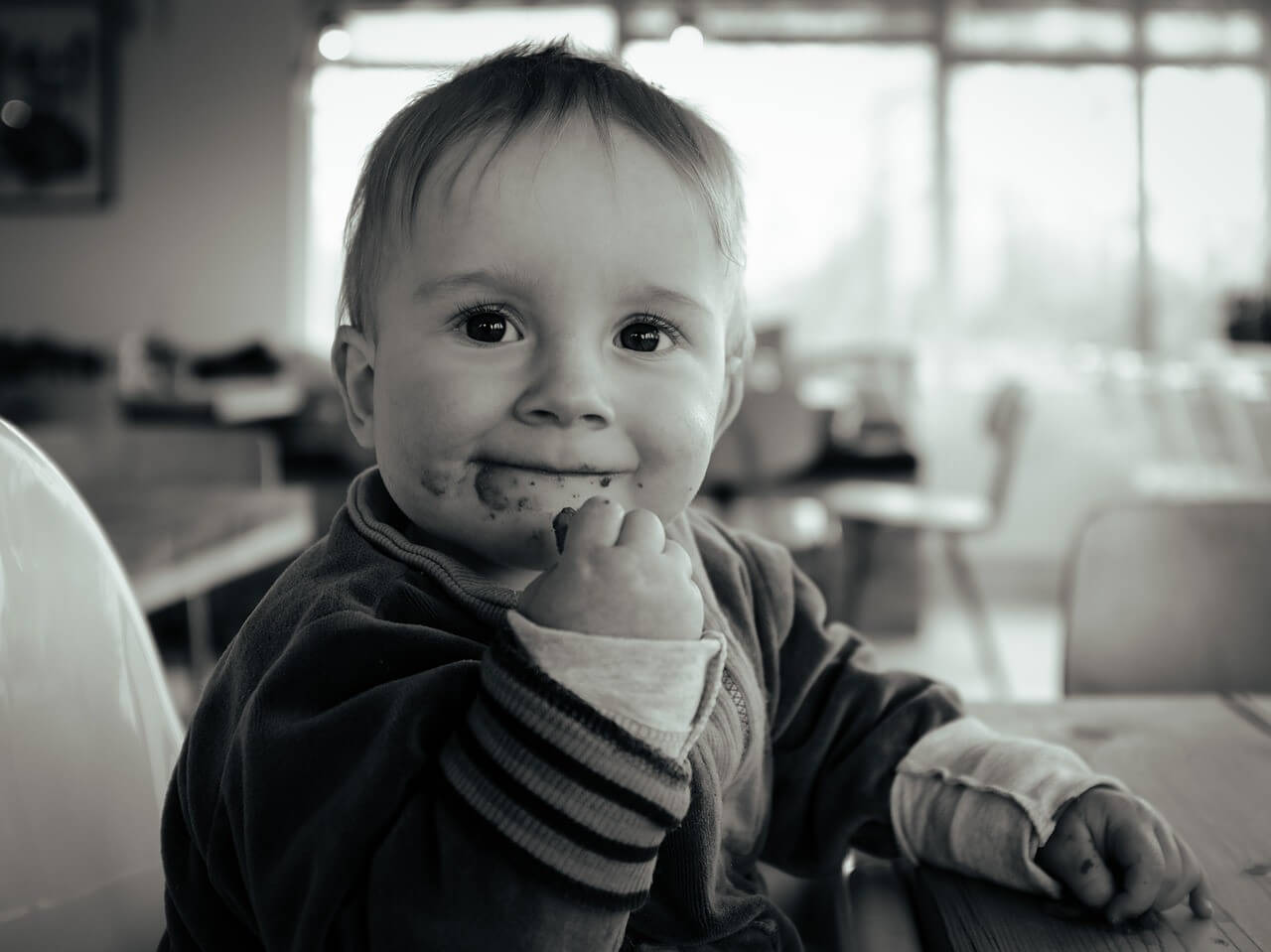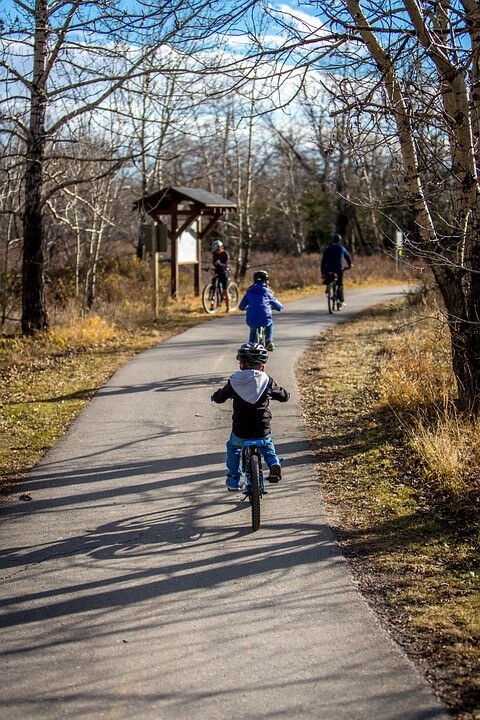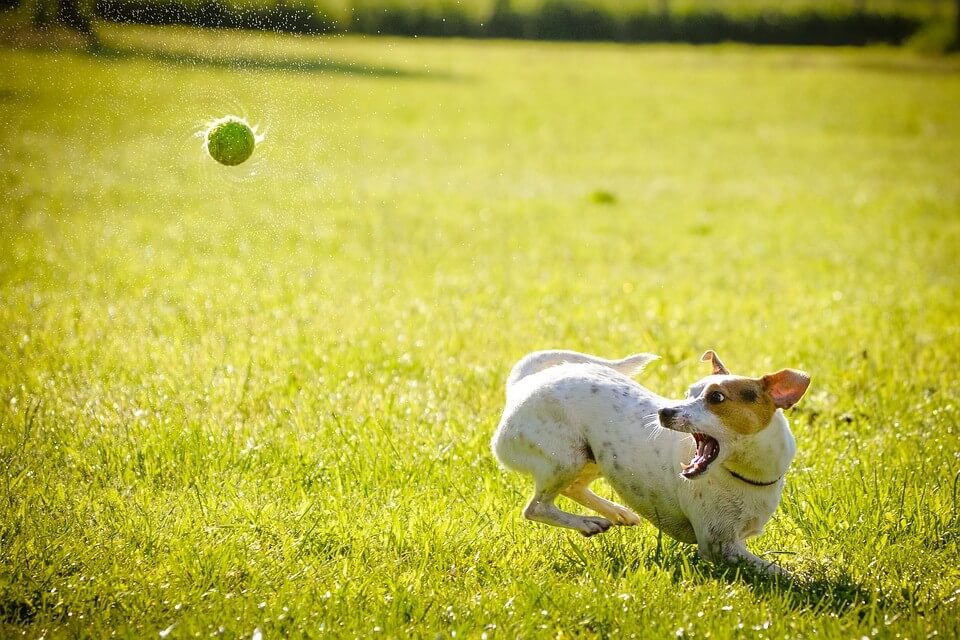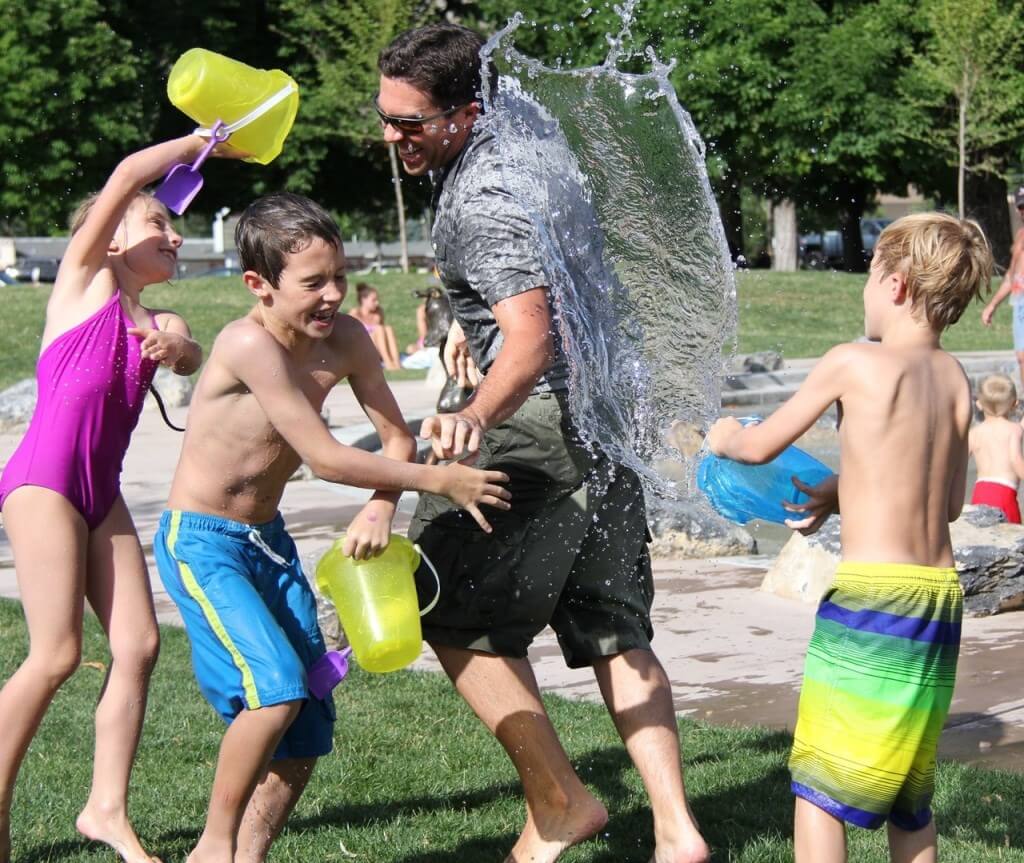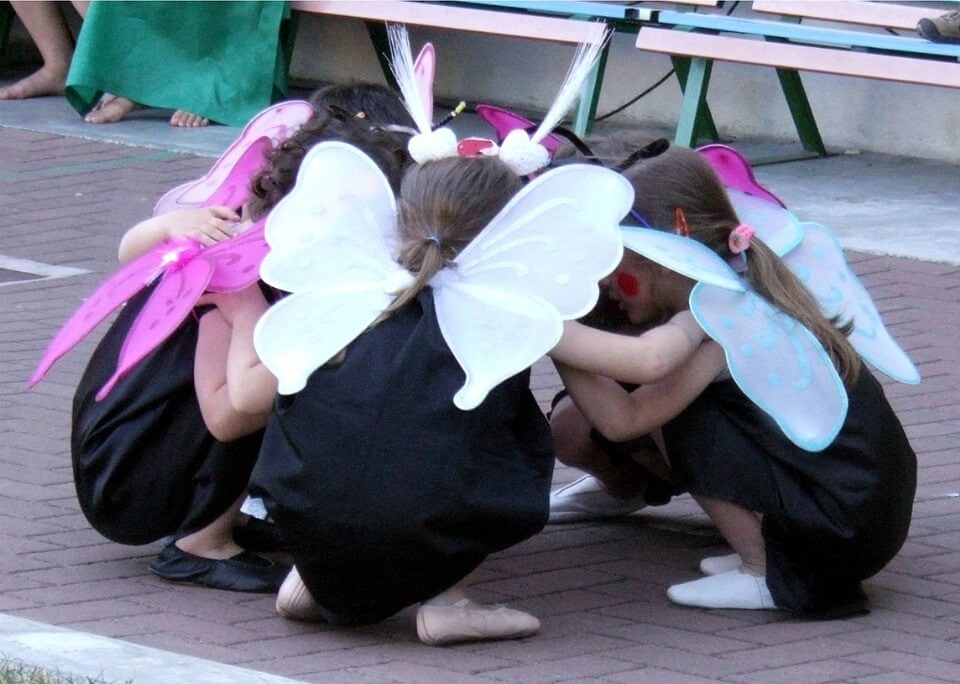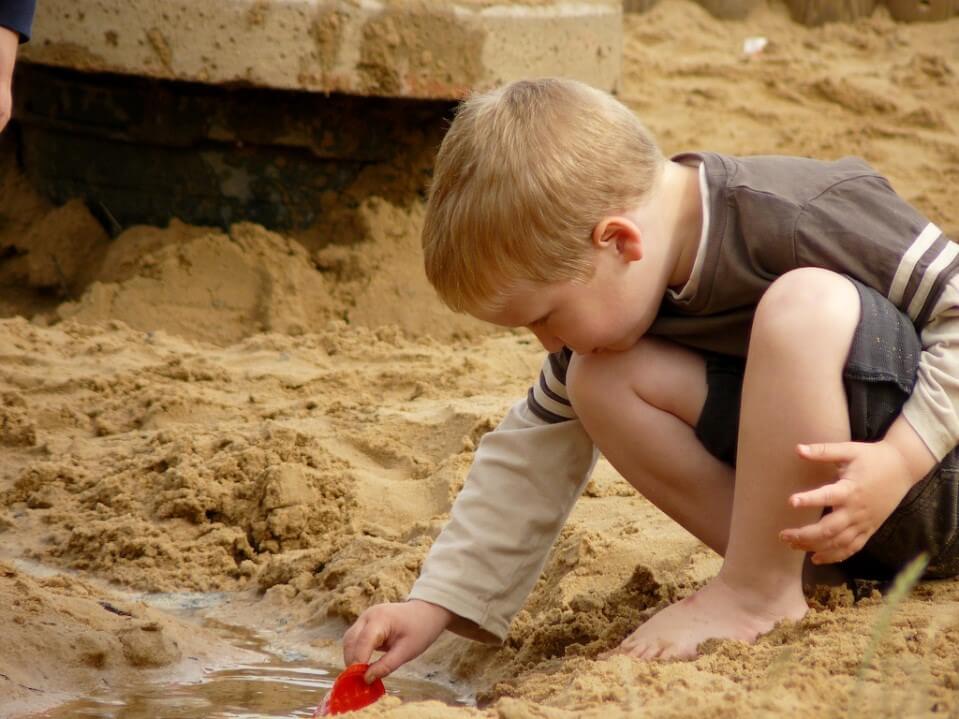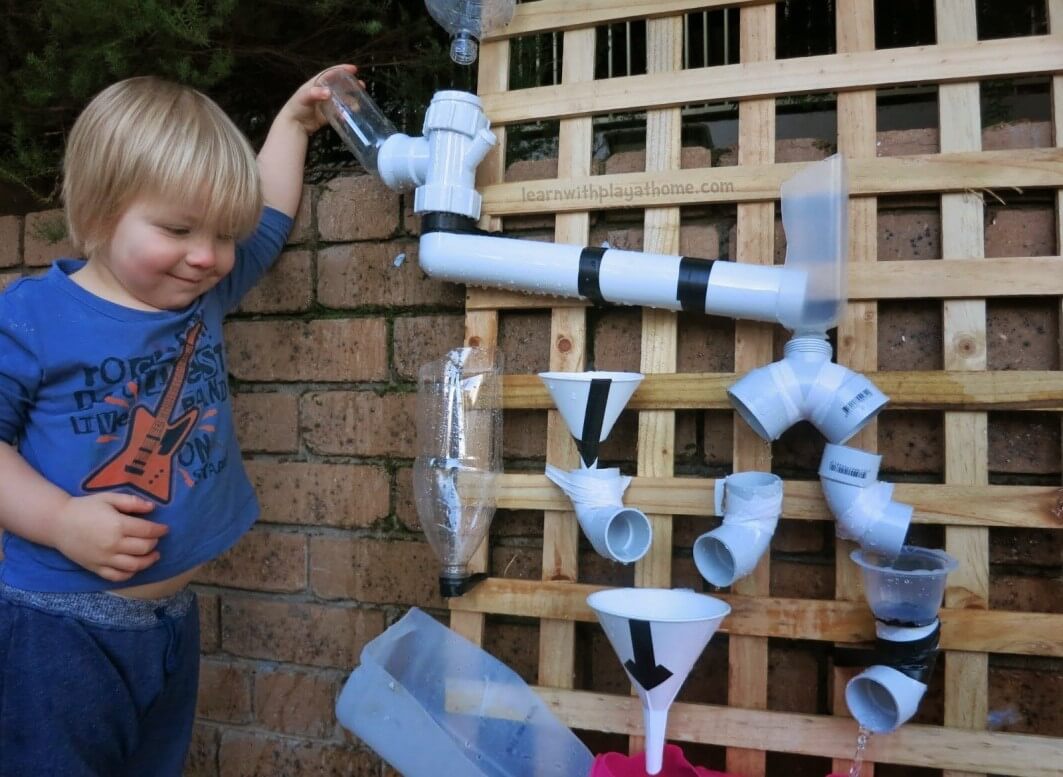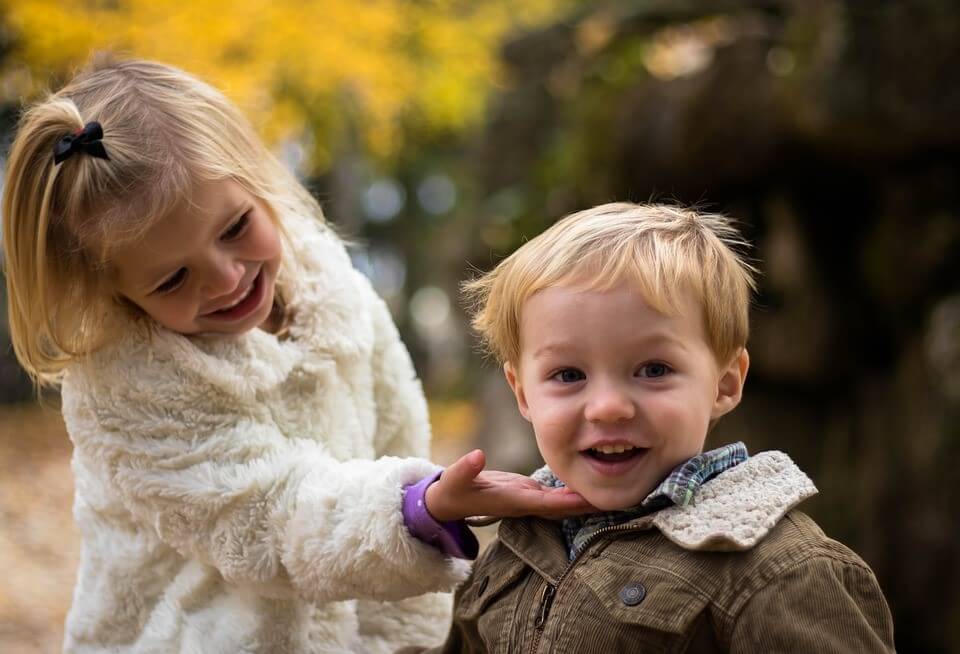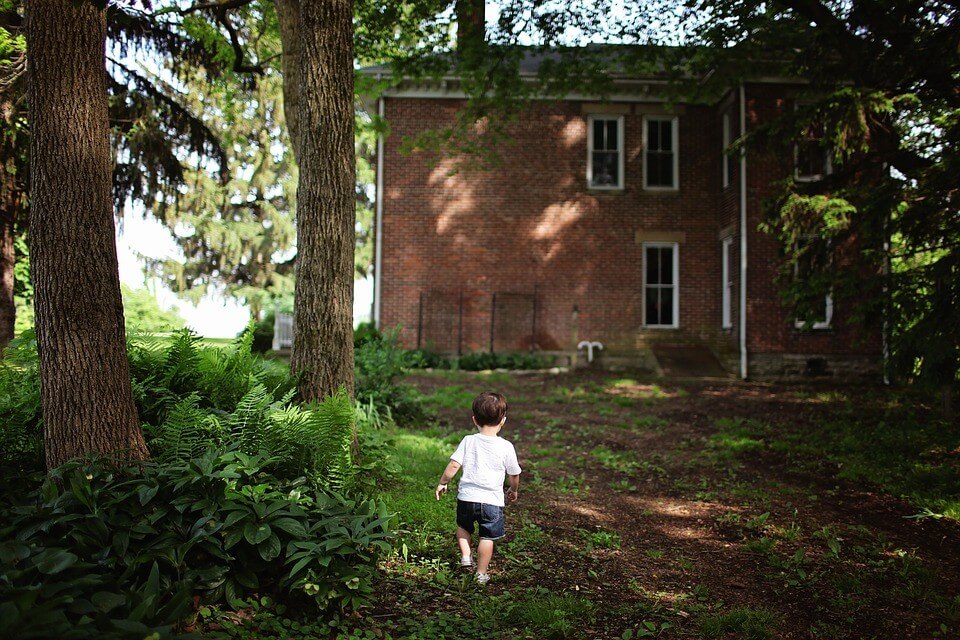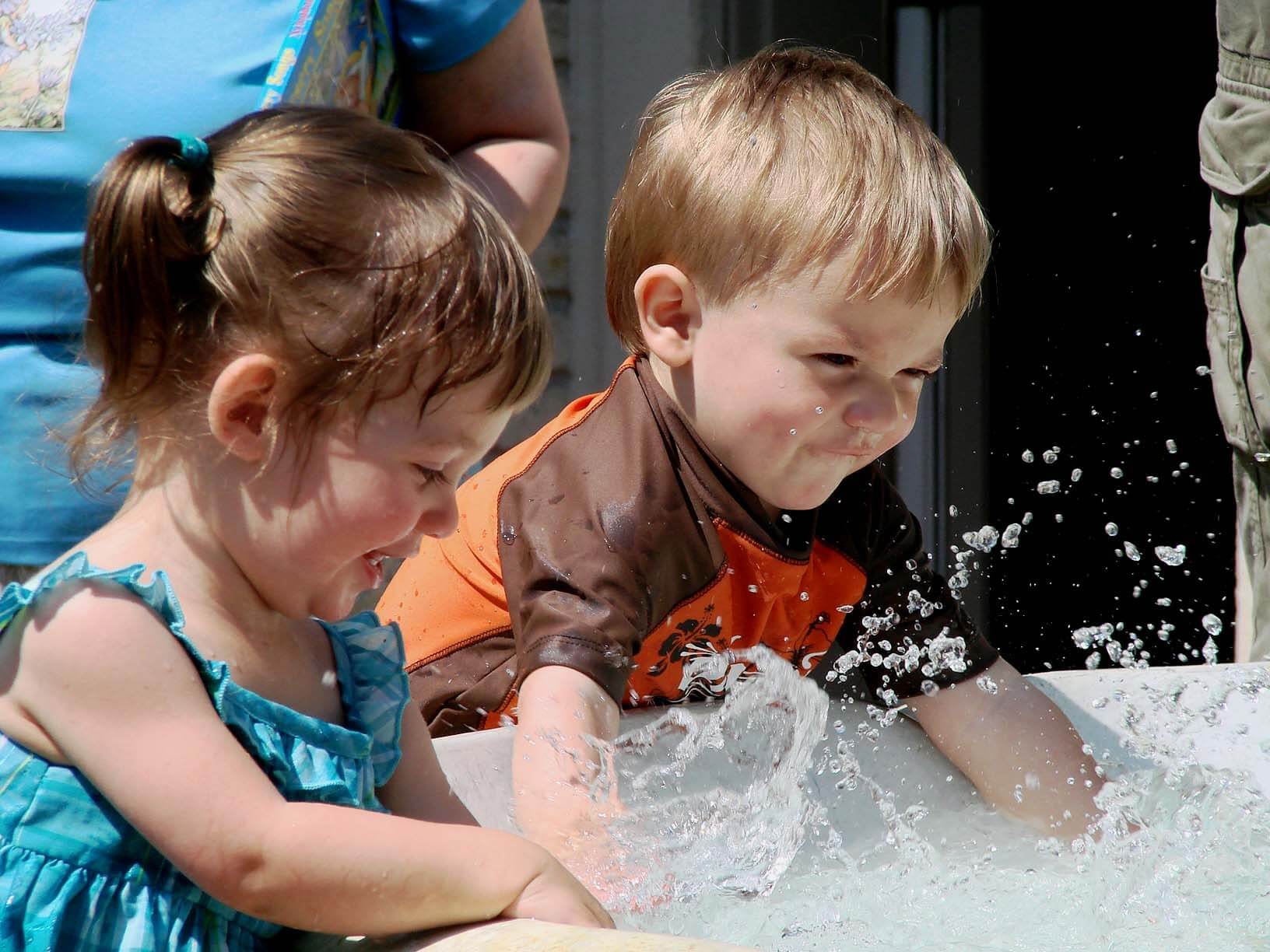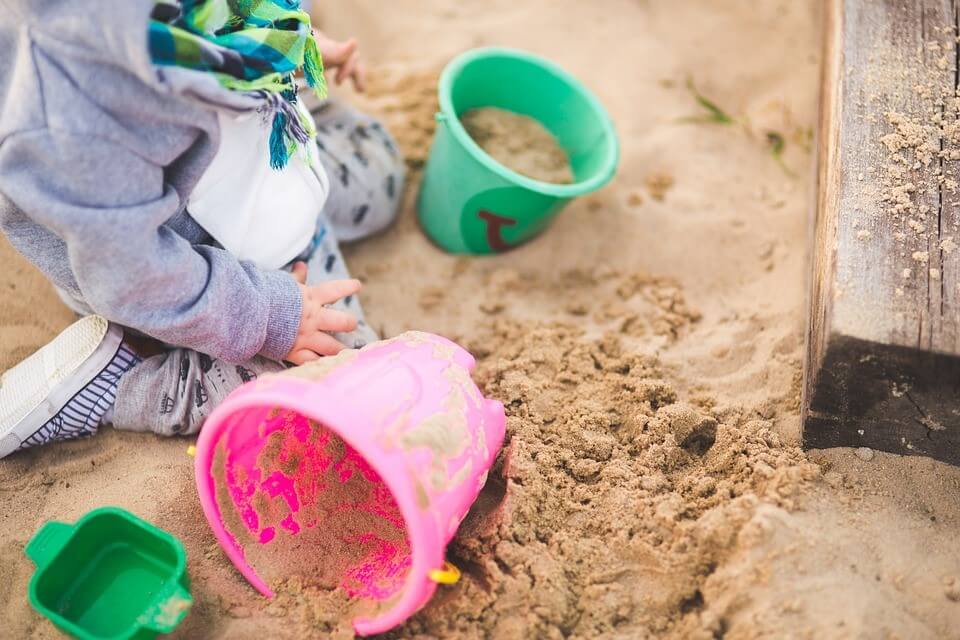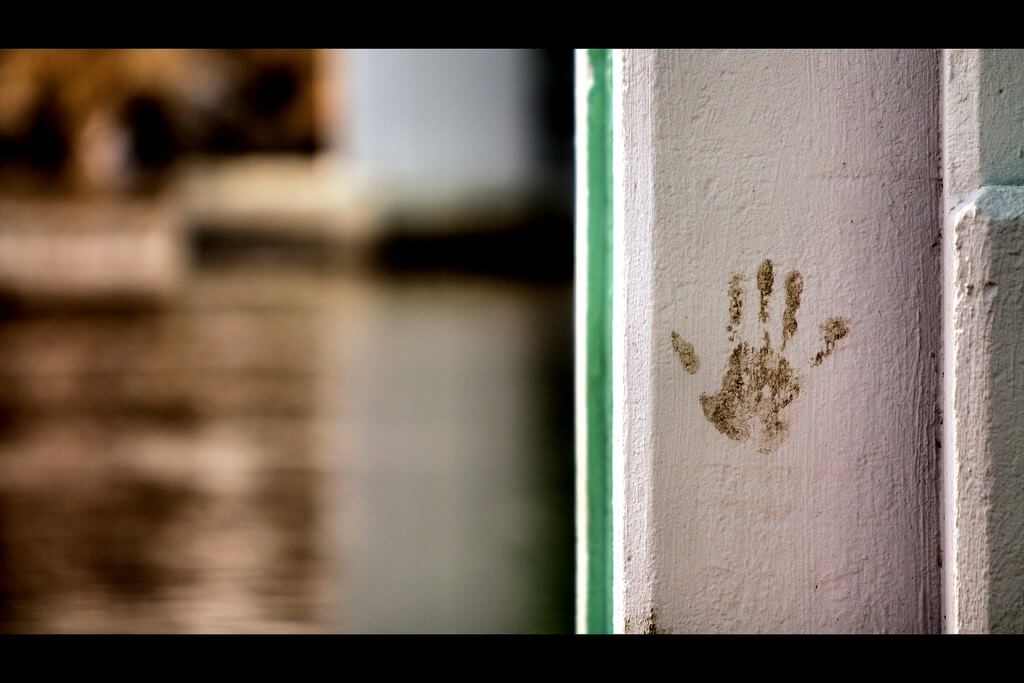
Young children are at their happiest when they’re engaging in messy play without a care in the world. Giving children free rein to be creative can certainly be chaotic business, but it’s the best way to encourage independent learning. Messy play involves all things squishy and squelchy – think mud, sand, paint, dough, glitter, water and goo. A lot of these vital learning experiences are far too messy for anywhere with walls, meaning they can only be done outside in the garden. Now that summer’s here, you can finally embrace activities that you’ve said “no” to all year. Since you’re outdoors, there will be minimum clean-up and children are free to throw themselves into the joy of messy play.
- Sprinkle paint guns
Water guns plus brightly coloured paint adds up to a lot of fun for little ones. You can use a drawing board, an old wooden plank, or perhaps old garage doors walls for this activity. Your child will experience incomparable excitement, and at the same time, possibly produce an extraordinary piece of artwork.
- Glow-in-the-dark chalks
Why not make some glow-in-the-dark chalk pieces for an incredible night of drawing under the stars? Creating these eye-catching pieces of chalk can get quite messy, but it will certainly be worth it. The ingredients that you’ll need are plaster of Paris, fluorescent paint, warm water and ice cube trays. You’ll get some fabulous results.
- Water balloon paint party
The highest level of fun is guaranteed with paint-filled water balloons. Provide white t-shirts for everyone taking part in the activity and then measure who is the most paint-covered at the end of the game. Be sure that you’re using non-toxic paint to avoid any serious harm or allergic reactions.
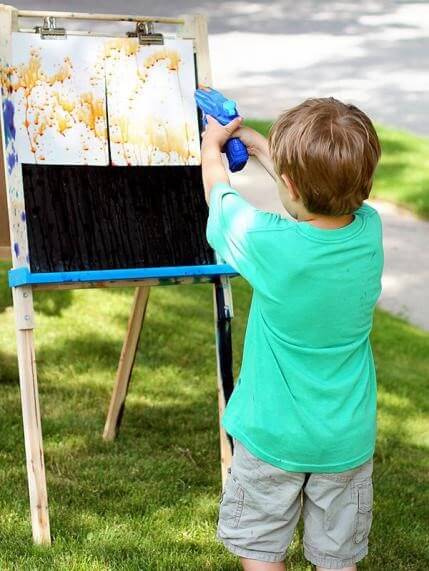
- Painting and printing on the water table
For this extra messy play activity, you only need a sand and water unit or any kind of plastic table you don’t use and a lot of brightly coloured paint. Simply squeeze a few different paint colours on to the table top and then let your little Picassos use their hands to create some fantastic patterns and prints.
- Rainbow bubble wrap tree
Just imagine your children’s reactions when you ask them “who wants to paint a tree?”. Simply sellotape a wad of bubble wrap around the base of a tree in your garden and then beckon your children to decorate the bubble-wrapped area with their hands, paint brushes and paints. This is a great idea for anyone who’s interested in combining sensory play with nature and art. Parents might even be tempted to join in with the fun too.

- Ice play
On a hot day, it’s great fun to cool down with ice. When not turn this into a fun garden activity for your children by adding water, different food colourings and a few plastic toys in to different containers, before freezing them and bringing them out during long, sunny days. Young children and toddlers will be intrigued to learn about the properties of ice and water.
- Glittering pathway
One more way to boost your children’s creativity and imagination is the glittering pavement. To make some rainbow glitter paint for your children, you’ll need corn flour, water, gel colours and plenty of glitter. Let your children express themselves in making your backyard pavement slabs more sparkling and amusing.
- Edible sensory play
Make snack time fun for your toddler by bringing it outside on a picnic blanket and doing the blindfolded taste challenge. Give your children a piece of food to try while their eyes are covered and have them guess what it is. Encouraging them to explain what they taste and their reasoning is a great way to encourage language development as they’ll be prompted to broaden their vocabulary.
Here at Garden Play, we believe that play should be exciting and innovative, which is why we’re always looking for new ways to engage young minds. We hope you have fun trying out these messy play ideas in the garden. Your children will be guaranteed to have the time of their lives, showing little regard to the paint on their faces or grass stains on their trousers. Just remember the wet wipes for afterwards!
